| Sorting machines |
| Desperate War of Japan in the Pacific |
| IJN signal intelligence |
IJN tried decipher for the first time in WWI. Warships Ibuki and Hirado cooperated with RN to chase the famous cruiser Emden of Germany in the Indian Ocean. They also escorted transports to carry troops of Australlia and Newzeeland. Then Ibuki tried decipher of RN. By the way, Deutsche Marine modern Emden helped a merchant ship of Nippon Yusen in Somalia. Nakajima worte that Japan broke diplomatic codes of UK and US in Geneve Meeting of 1927.[1] Did UK use wireless telegrams? Or Japan got telegrams illegal method, didn't she?
|
| IJA cryptanalysist, Kamaga |
M-209
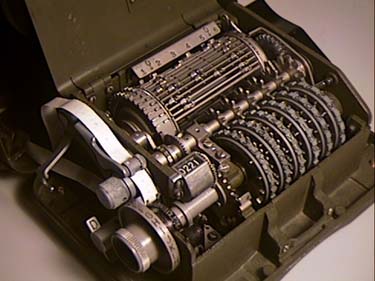 |
Qsort is a sorting function of C programming language. Sort is the basic information processing to analyze things. IJA bought 3 cipher machines in Sweden. Atache Onodera sent them to Germany. They were sent in U511 or U180. Kamaga ( 1917-2003 ) was an intelligence officer of IJA, who broke US cipher written in M-209 in the end of the war.[2] As IJA did not have statics machines, Kamaga, a cryptanalysist, tried operating Hollerith machines of Daiichi and Nihon life insurance companies under requisition by government.[4] But both companies refused. He asked for using statics machines installed under ground floor of Daiichi life insurance Building in Tokyo. Kamaga organized a project to analyse encryption in 1943.[7] The project leader was a famous mathematician, Takagi Teiji.[12] IJA and IJN could not cooperate with each other, as UK made effort to decipher Enigma. By the way GHQ of US army used the building of it for controlling Japanese govermnment in September 1945.[9] GHQ called Kamaga and tested whether he could read US Army encrption or not in 1949.[8]
|
| Sorting |
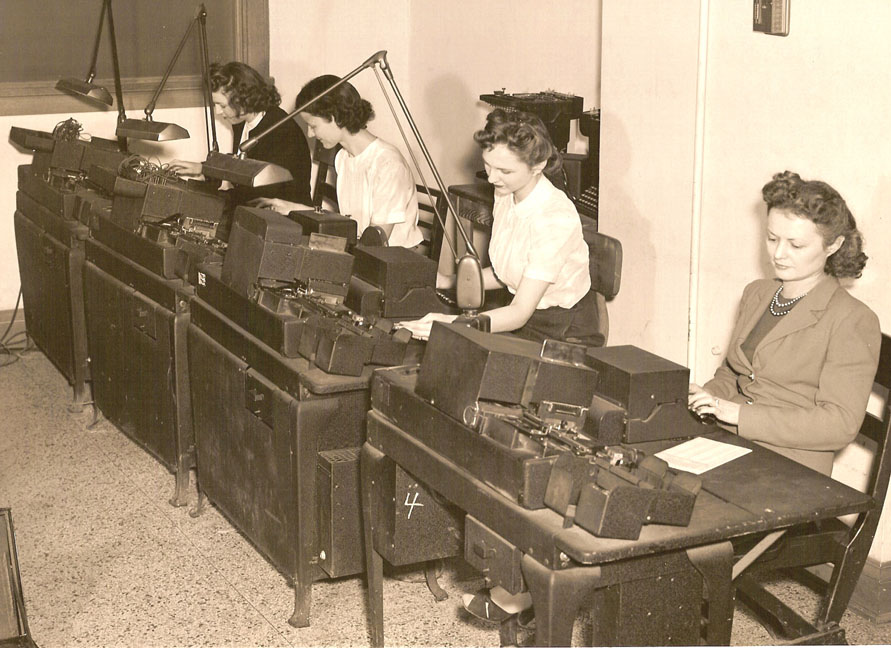 | 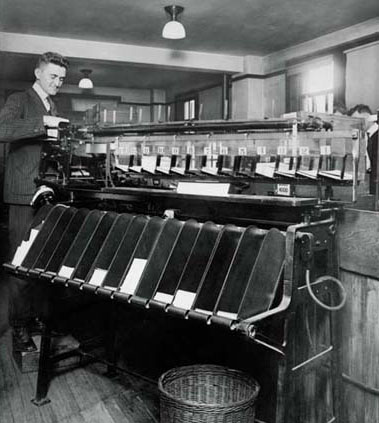 |
| Punch card machines | Sorting machine |
The right photo shows a sorting machine of US Goverment in 1920s. The left photo shows punching job of US Army in 1940s.[3]
During the Pacific War, Japan could not import PCS ( Punch Card System ) at all. PCS was made in US those days. Marshall of US said, "I cannot do my own bussiness busy reading decipherd diplomatic messages of Japan everyday".[5] Even Germany imported these machines from US. IJN ordered Fujitsu relayed mutiplier and divider circuit for decoding of cipher in 1943.[6] But Punch card production was a bottle neck of the analyser. Newspapers companies always troubled purchase of paper itself under controlled economy. And I suppose paper companies of Japan could not product uniform and standarized cards a lot at then.
USN Intelligence had already been trying decrptionin 30s and might use sorting machines. IJN should study cipher like IJA at least and bring up a few signal intelligence officers with a simple inexpensive sorting machine. I remember punch cards were not curved at all but simply plain, when I was a student user of 80 column cards for computing.
USN analyzer for decrption by IBM & Eastman
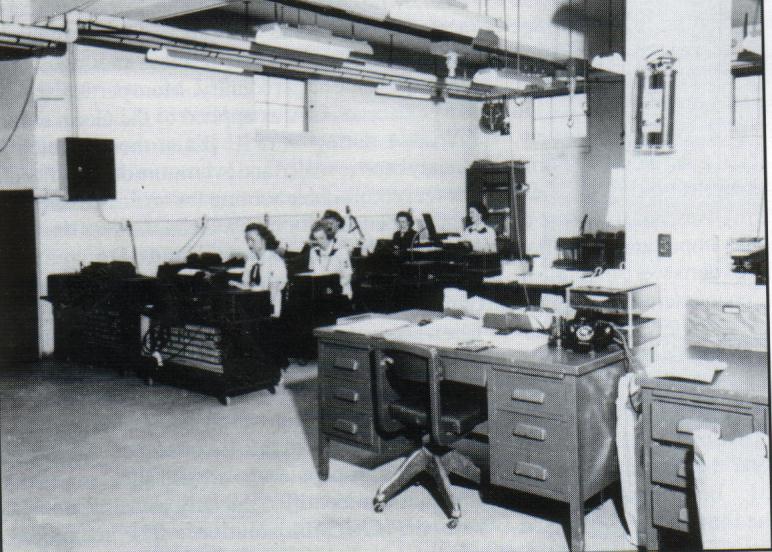 | 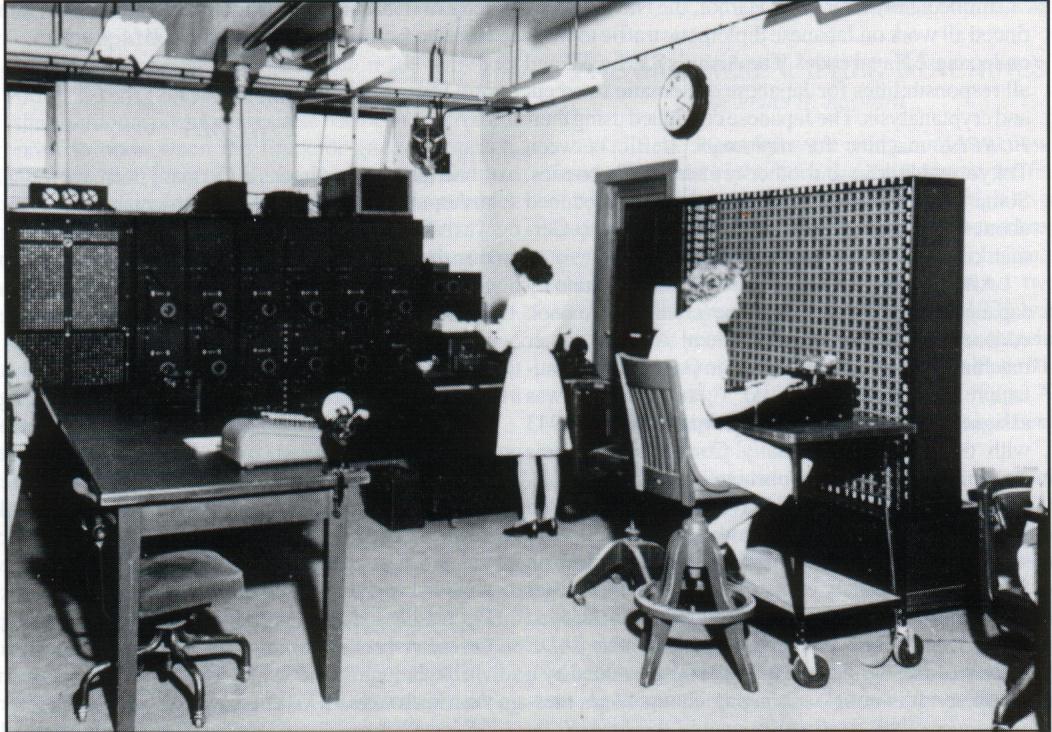 | 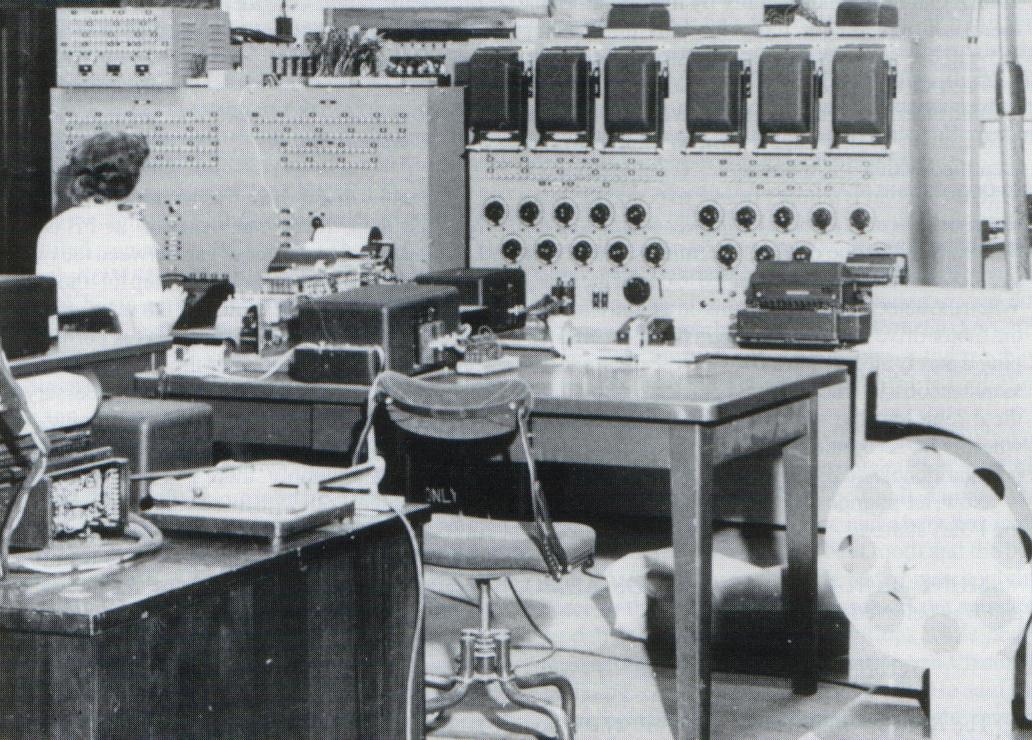 |
US and UK had much interest in decipher and invested much money during WWII. Decipher was a part of intelligence activity. UK had invested Babbage's computing machine in 1822.
|
| Electronic computers |
|
NCR began to make US Bombe for USN in 1942. Tommy Flowers designed Colossus Mark I which worked at Bletchley Park in February 1944. Relayed computer MARK I worked in 1944. Turing studied ACE ( Automatic Computing Engine ) in National Physical Laboratory in 1945.[14] John von Neumann advocated EDVAC ( Electronic Discrete Variable Automatic Computer ) in 1945. John Mauchly and J. Presper Eckert made ENIAC ( Electronic Numerical Integrator and Computer ) which had 18,000 tubes in 1946. Remington Rand, the producers of UNIVAC machines, got their start by buying the Eckert Mauchly Computer Corporation in 1950. Eckert and Mauchly made commercial UNIVAC ( Universal Automatic Computer ) in 1951.[13] IBM announced 650 in 1953. 650 has reliable tubes and 2,000 words memory of magnetic drum, and was rentaled for $6,000 a month. IBM announced 705 in 1955 and 704 in 1956.
JNR ( Japanese National Railways ) worked MARS-1 ( Magnetic-electric Automatic Reservation System 1) in January 1960.
|
| IBM industry spy incident |
Employees of Hitachi and Mitsubishi were arrested in US by a FBI trap in June 1986. IBM cooperated with the arrest and investigation. Most of Japanese computer makers producted IBM compatible machines under no license of IBM. Software of IBM machines were spread in domestic industries. The last commercial conflict of Fujitsu and IBM was till 1988.
IBM sangyo spy jiken
While NEC developed no IBM compatible machines, NEC's super computing machies overwhelmed US Cray Research.
|
| Japanese processing |
|
NEC also developed no IBM compatible PCAT machine, but adopted Microsoft's OS. This was very popular among Japanese business fields.[10] The V30 CPU architecture of NEC is the same 8086 of Intel. Microsoft developed Shift JIS code for Japanese character set. The 80s was gold age of NEC. Marketing strategy for personal computers of NEC was right in Japan. But closed dominant NEC dos was replaced by open IBM DOS/V with Windows 3.1 in later.[11] I suppose that the DOS/V accelated study for linguastic Japanese in US etc. Cryptanalysts of NSA may use DOS/V to read or write Japanese. But DOS/V keybord assignment of symbols is not the same of US keybord. I felt frustrated. Personal computers took parts of mini computer, office computer and work station.
Innovation is in favor of freedom, no control of dominance.
[1] Nakajima, p252-253
[2] Kamaga
[3]
Punched Card Tabulating Machines
[4] Hollerith
[5] Tsuji, p99
[6] Computer_ka 80 nen (Computer_ka80nen.pdf)
[7] Tsujii, p141
[8] Tsujii, p142
[9] Seijyoki ga mitumeta sengo
[10] NEC PC-9801
[11] DOS/V
[12] Nihonjin Sugakusha no Senji Kenkyuu
[13] Hull & Day, p213
[14] Architecture niyoru computer gijyutu nokeitou-ka no kentou
aboutMe
© 2007-2010 Enoki Flying Board All Rights Reserved
|





